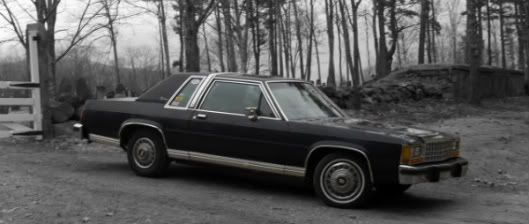From day one, the front sump has been leaking on my mom's CV. Some dillhole stripped the drain plug, so I have to periodically tighten it to the point right B4 it loosens up again. Lately it has been really leaking from the plug; even after tightening it. It's making a mess of the street. So I would like to swap to a Summit chrome Mustang 5 qt. pan. It looks like I might have to change the oil pump, or at the very least, the pump pickup. I've skated on having to drop the pans on the other cars, but this time I can't. Is there anything I overlooked. I got the service manual for this car, so I will read up on that. I also have to talk with my father about doing this, since it involves clearing out the garage to make room for the front half of the CV.
Packman
Packman






Comment